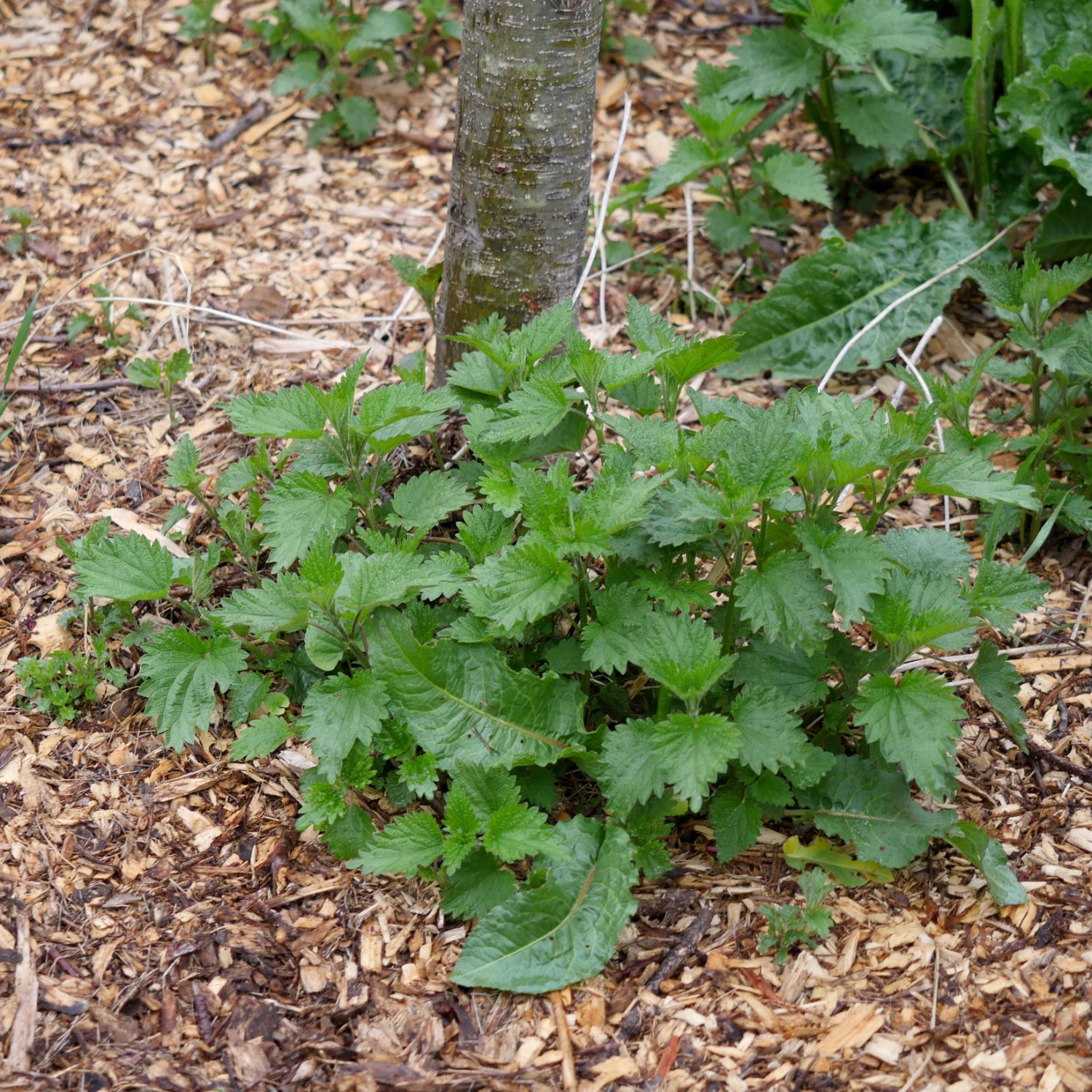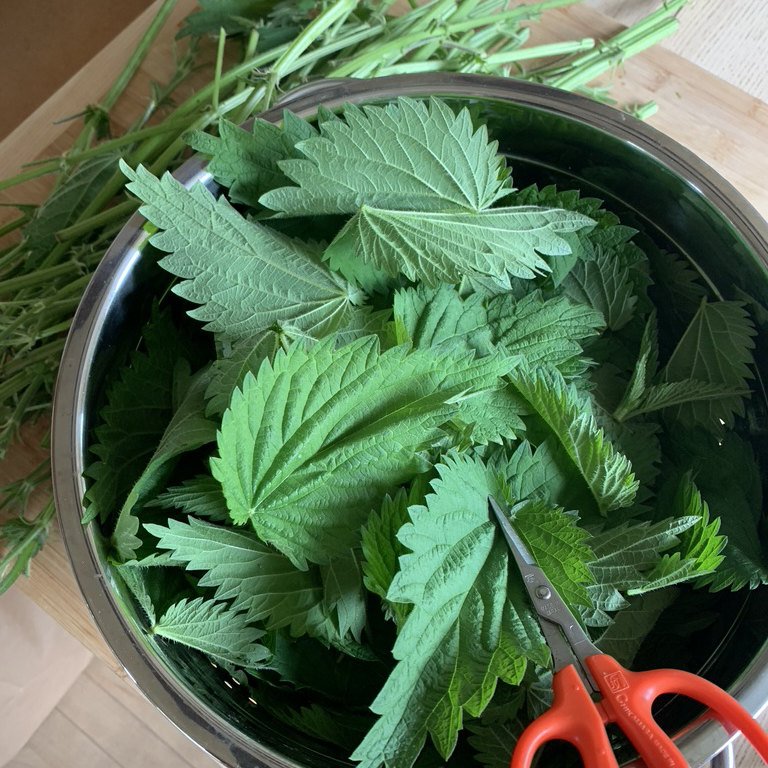Stinging Nettle
Latin name: Urtica dioica
Uses: Edible, Medicinal, Dye
Lifecycle: Perennial
Stinging Nettle is nutrient-rich low maintenance perennial that has been used for both food and medicine for thousands of years. The stems and leaves are armed with hairs that sting causing blisters and burning sensation on the skin. When cooked, the sting is neutralized and the leaves have a similar taste to spinach. It is also a host plant for several important butterfly species.
Height: 3–7 ft. tall
Sun: Full or partial
Soil: Rich, moist
*Local sales only
(Pick up in Dartmouth, NS or Delivery within HRM for $10)
Latin name: Urtica dioica
Uses: Edible, Medicinal, Dye
Lifecycle: Perennial
Stinging Nettle is nutrient-rich low maintenance perennial that has been used for both food and medicine for thousands of years. The stems and leaves are armed with hairs that sting causing blisters and burning sensation on the skin. When cooked, the sting is neutralized and the leaves have a similar taste to spinach. It is also a host plant for several important butterfly species.
Height: 3–7 ft. tall
Sun: Full or partial
Soil: Rich, moist
*Local sales only
(Pick up in Dartmouth, NS or Delivery within HRM for $10)
Latin name: Urtica dioica
Uses: Edible, Medicinal, Dye
Lifecycle: Perennial
Stinging Nettle is nutrient-rich low maintenance perennial that has been used for both food and medicine for thousands of years. The stems and leaves are armed with hairs that sting causing blisters and burning sensation on the skin. When cooked, the sting is neutralized and the leaves have a similar taste to spinach. It is also a host plant for several important butterfly species.
Height: 3–7 ft. tall
Sun: Full or partial
Soil: Rich, moist
*Local sales only
(Pick up in Dartmouth, NS or Delivery within HRM for $10)
Growing
Stinging nettle prefers rich soil and consistent moisture. Providing mulch around the plant will help retain moisture. Nettle can become invasive if not managed. To prevent spreading it can be kept in check by removing the flowers as they appear to prevent self-seeding. Regular harvesting will also keep the plants under control. It can also be grown in containers. At the end of the season, the leaves and stems make a good nitrogen-rich addition to compost.
Harvest
Pick tops of plants before they flower when leaves are young and tender. Harvest no more than a third of the plant at a time.



